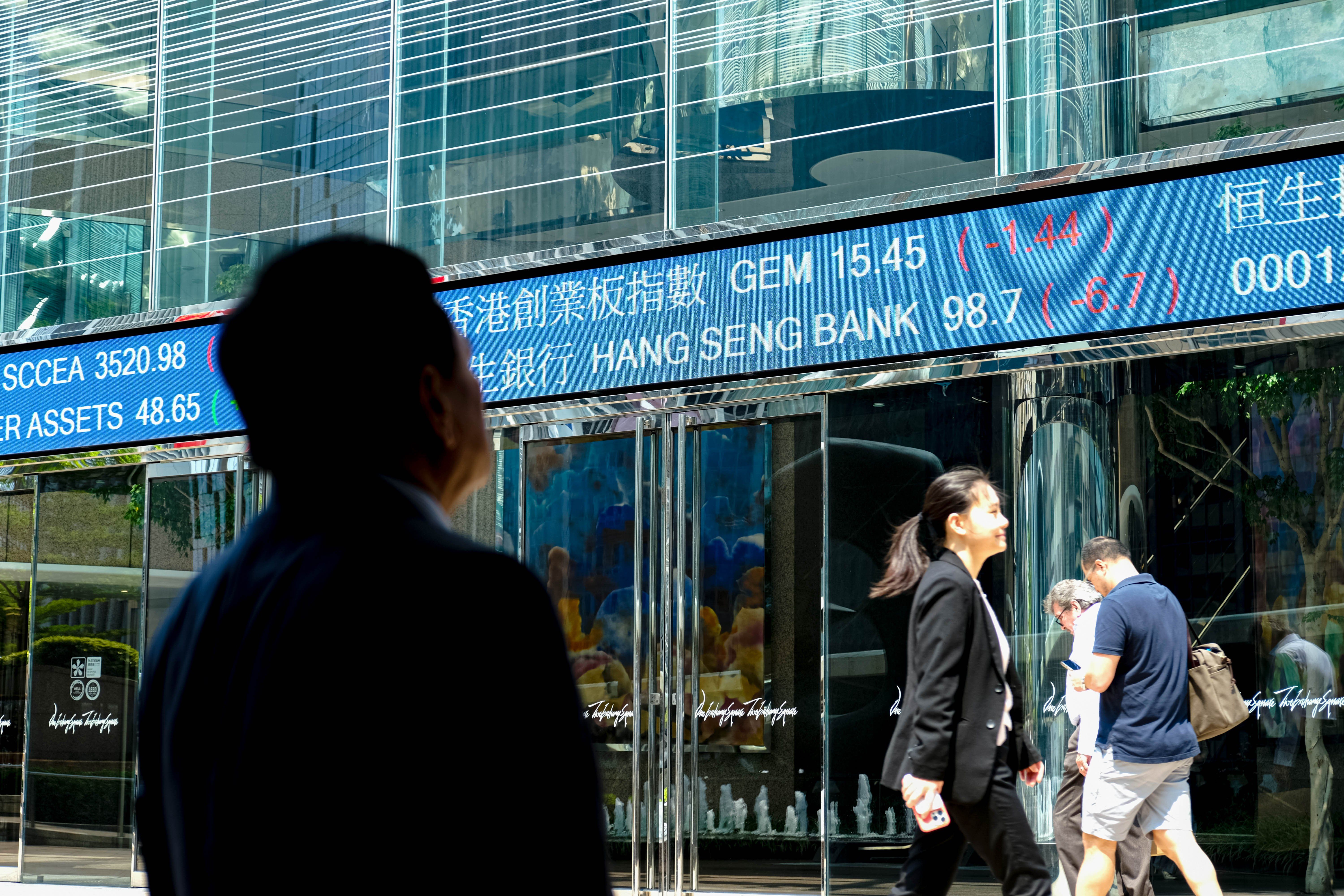China’s economy grew faster than expected in the first quarter, expanding at an annual rate of 5.4% — 0.3 percentage points above forecasts — driven by strong consumer spending and industrial output. That surge was likely fueled by consumers and businesses rushing to make purchases ahead of Donald Trump’s steep new tariffs.
Analysts warn the momentum may not last. Trump has recently raised US tariffs on China to a staggering 145%, prompting Beijing to retaliate with 125% duties on US goods. That’s a problem for an export-dependent economy like China’s, where a trillion-dollar trade surplus offsets weak consumer demand, a sluggish real estate sector, and broader signs of stagnation. The US is, by far, China’s largest single export market.
China’s annual growth is now projected to slow to 4.5% in 2025, according to a Reuters poll of economic analysts — below the government’s target of around 5%.
Still, China’s policymakers say they’re ready. While few expect the economy to escape the tariff war unscathed, China has been preparing for economic decoupling for years. Officials say they’re ready to roll out strategies to boost domestic demand and shift trade toward alternative markets. In March, exports to Southeast Asia jumped 8% year-on-year, while shipments to Africa climbed more than 11%, and exports to India rose nearly 14%.
More For You
America’s new National Security Strategy confirms what Europeans have feared for months: Washington now sees a strong, unified European Union as a problem to be solved, not an ally to be supported.
Most Popular
The power of sports
What’s Good Wednesdays™, December 10, 2025
Walmart's $350 billion commitment to American jobs
In this episode of Tools and Weapons, Microsoft Vice Chair and President Brad Smith sits down with Ed Policy, President and CEO of the Green Bay Packers, to discuss how purpose-driven leadership and innovation are shaping the future of one of the world’s most iconic sports franchises. Ed shares how technology and community-focused initiatives, from Titletown Tech to health and safety innovations on the field, are transforming not just the game of football, but the economy and culture of Green Bay itself. He explains how combining strategic vision with investment in local startups is keeping talent in the Midwest and creating opportunities that extend far beyond Lambeau Field.
Subscribe and find new episodes monthly, wherever you listen to podcasts.
More than a week after Hondurans cast their ballots in a presidential election, the country is still stuck in a potentially-dangerous post-election fog.
